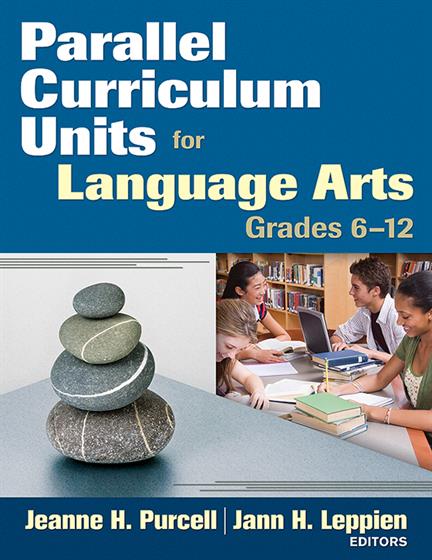Hands-on, Practical Guidance for Educators
From math,
literacy, science, equity, multilingual learners, and SEL, to assessment, school counseling,
and education leadership, our books are research-based and authored by experts
on topics most relevant to what educators are facing today.

Parallel Curriculum Units for Language Arts, Grades 6-12
Design exemplary language arts lessons based on the Parallel Curriculum Model!
This practical resource provides sample language arts units written by practicing teachers to demonstrate what high-quality curriculum looks like using the Parallel Curriculum Model (PCM). Teachers can use these examples to deepen their understanding of the PCM framework and design their own units. Covering a variety of topics—including narrative voice, literary criticism, and writing original pieces—these field-tested units each contain:
- Teacher rationales explaining the unit design
- Connections to concepts, skills, and national or state standards
- Step-by-step directions for delivering the lessons and unit
- Modification strategies, assessments, and reproducibles
- Grade Level: 6-12
- ISBN: 9781412965385
- Published By: Corwin
- Year: 2009
- Page Count: 232
- Publication date: October 07, 2009
Review Copies
Review copies may be requested by individuals planning to purchase 10 or more copies for a team or considering a book for adoption in a higher ed course. Request review copy


